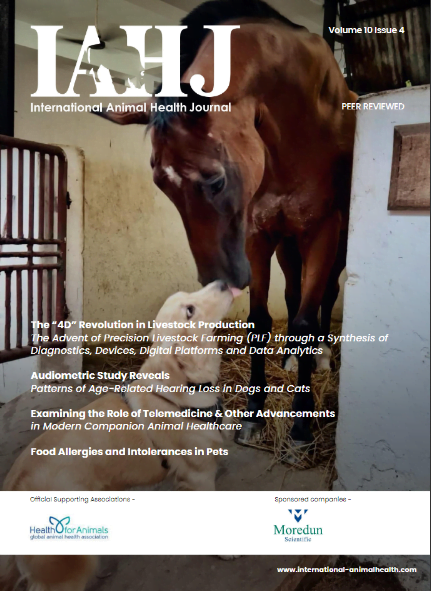Conservation efforts that open up the canopy of overgrown habitat for threatened timber rattlesnakes — whose venom is used in anticoagulants and other medical treatments — are beneficial to snakes but could come at a cost, according to a new study by researchers at Penn State and the University of Scranton. The researchers confirmed that breeding areas with more open canopies do provide more opportunities for these snakes to reach required body temperatures, but also have riskier predators like hawks and bobcats. The study, which appears in the June issue of the Journal of Herpetology, has important implications for how forest managers might open up snake habitat in the future.
Timber rattlesnakes are a species of conservation concern in Pennsylvania and are considered threatened or endangered in many of the northern states within their range. Like other ectothermic animals, snakes do not produce their own body heat and must move to warmer or cooler areas to regulate their temperature. Timber rattlesnakes typically use sunny, rocky forest clearings to breed, however many of these “gestation sites” are becoming overgrown with vegetation, blocking much-needed sunlight.
“Pregnant timber rattlesnakes typically maintain a temperature 6 to 8 degrees Celsius higher than normal so that their embryos can develop,” said Christopher Howey, assistant professor of biology at the University of Scranton and former postdoctoral researcher at Penn State. “If a gestation site doesn’t provide enough opportunities for snakes to reach that temperature, a snake might abort its litter, or babies might be born too small or later in the season, which reduces their chances of obtaining an essential first meal before hibernation. We wanted to understand if existing conservation efforts to open up the canopy in gestation sites actually do provide more thermal opportunities for snakes, as intended, and if these efforts impact predation risk.”
The research team first quantified thermal opportunities for rattlesnakes in known gestation sites that had open or closed canopies. They logged temperatures within thermal models — essentially a copper tube painted to have similar reflectivity and heat absorbance to a snake — placed in areas where the researchers had seen snakes basking.
“As expected, we found that gestation sites with more open canopies did indeed provide more opportunities for snakes to reach optimal temperatures,” said Tracy Langkilde, professor and head of biology at Penn State. “This confirms that conservation efforts to open up the canopy do what they are intended to do. But we also found that this might come at a cost, in the form of more threatening predators.”
The research team also placed foam models painted like rattlesnakes at gestation sites and monitored for predators using trail game cameras — remote cameras that are triggered by movement. While there was a similar overall number of predators at sites with open canopies and closed canopies, the more threatening species — red-tailed hawks, fishers, and bobcats — only appeared at open sites.
“Our results suggest that there are tradeoffs to any management strategy and that by opening up a gestation site, we may inadvertently put more predation risk on a species,” said Julian Avery, assistant research professor of wildlife ecology and conservation at Penn State. “Our models were slightly less visible to potential predators than actual snakes, so our estimates of predation risk are probably conservative, and the tradeoff may be more pronounced than what we observed.”
Less threatening predators — raccoons and black bears — appeared at sites with both open and closed canopies.
“As far as we know, this is the first time that a black bear has been observed preying on a rattlesnake, or at least a model,” said Howey. “Until now, we always thought that black bears avoided rattlesnakes, but we observed one bear attack two models and bite into a third.”
The team suggests that forest managers should balance canopy cover and predation risk during future conservation efforts, for example by selectively removing trees that block direct sunlight but that do not considerably open up the canopy.
Improving conservation efforts at rattlesnake gestation sites is particularly important because, as far as the researchers know, snakes return to the same sites year after year to breed. If a gestation site decreases in quality, they might leave the site to find a new area, but it is unclear how successful these efforts are and the act of moving to new sites could increase contact with humans.
The researchers are currently radio-tracking actual snakes and directly manipulating the canopy cover to better understand how snakes behave in response to predators at sites with open vs. closed canopies.
“Timber rattlesnakes are an important part of the ecosystem, and where you have more rattlesnakes, you tend to have lower occurrences of Lyme disease because the snakes are eating things like chipmunks and mice which are the main vectors for the disease,” said Howey. “Rattlesnake venom is also used in anticoagulants, in blood pressure medicine, and to treat breast cancer. Our research will help us refine how we conserve these important animals.”











